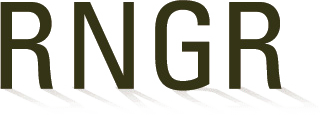 Using Soil Test Results to Determine Fertilizer Applications
Using Soil Test Results to Determine Fertilizer Applications
Using soil test results is a very useful practice IF the sample(s) of soil are good representations of the nursery soil. The lab results can be no more accurate than the samples submitted, and IF you know the texture of the nursery soil, and IF you know which soil extractant was used by the lab, and IF you know what crop is to be grown, and IF, for trees, which species is to be grown and whether it will be 1+Os, 2+0s, 3+0s, 2+1s, 2+2s, 3+2s, plug-1s, etc., and IF, for a cover crop, whether summer or winter crop, turned under green, turned under mature, harvested and straw turned under, harvested and straw bailed, and whether peat, sawdust, compost, or other organic material will be applied (what that material is and its rate and time of application), and IF you know those things and all but 1 of them is under the nursery managers control THEN, using soil test results can be very helpful in determining needed fertilizer applications. The first and foremost practical point to consider is the lab that actually runs the soil tests. In the South, it became imperative to select 1 common lab because there are more than 40 nurseries participating in a soil analysis interpretation project. Otherwise, the resulting collection of analyses would have been extremely confusing.
Download this file:
Details
Author(s): Charles B. Davey
Publication: National Nursery Proceedings - 1999
Event:
Northeastern and the Western Forest and Conservation Nursery Associations Meeting
1999 - Ames, IA



